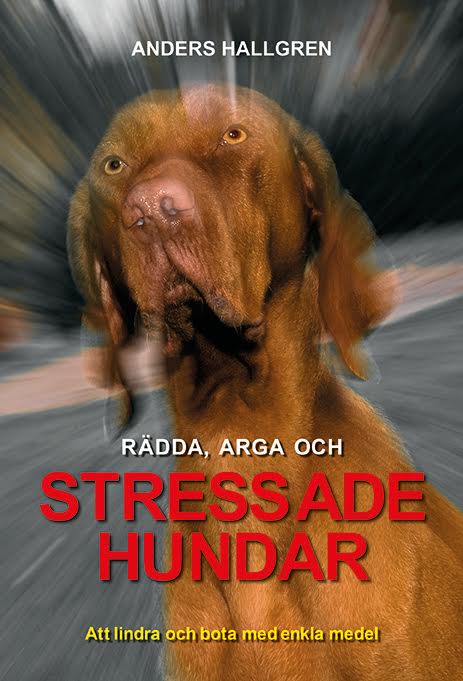More and more countries have laws that restrict owership of certain dog breeds because they are thought to be dangerous. The police are also given increased rights to remove dogs, evaluate them and decide to have them euthanized. But who has the necessary background or knowledge to evaluate a dog’s “dangerousness”?
Are there specific tests that show if a dog is a risk to people and animals? What does statistics say regarding the number of people seeking medical help after dog bites? Who are bitten? Does the dog owner play any part in a dog’s “dangerousness”? We are discussing those and many more questions in this evening seminar.
Dogs are not dangerous. They have strong intuitive bite inhibitions and warn several times before they feel force take to violence. A few dogs, however, have been so aggressive that they were deemed dangerous. (Compare with human beings.)
It is important to make a correct diagnosis. A dog is not dangerous to people or other dogs because the owner is failing in his/her leadership – which is the most common diagnosis or explanation today. Neither is the dog dangerous as a result of being “mentally bad” – a diagnosis of the day a few years ago. Mental tests do not say anything about about one specific dog and is therefore nothing you can use on angry dogs. We go through the reasons very carefully.
The reason for a a dog being aggressiv is above all pain, disease, hormonal disfunctions, life in a socially bad environment as well as bad experiences. All of this is possible to research – and that is exactly what modern dog psychologists do!
In this evening seminar we go through how to evaluate the degree of a dog’s aggressiveness and how different views will lead to a different diagnosis of the same dog – from a hopefull case to a hopeless.
Furthermore, we discuss concepts such as dominans, common causes of aggression and that aggression is not just one thing, but can be divided into many.

Be First to Comment